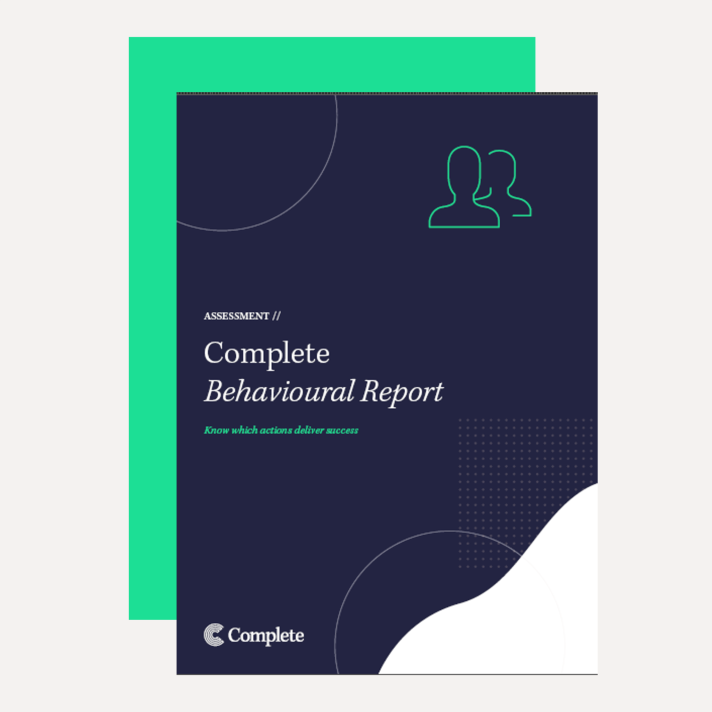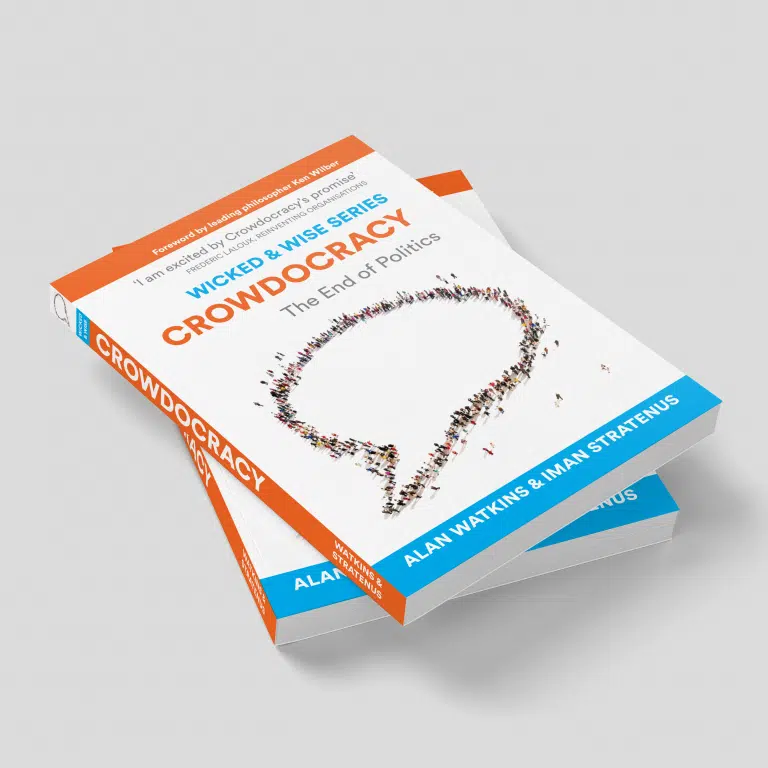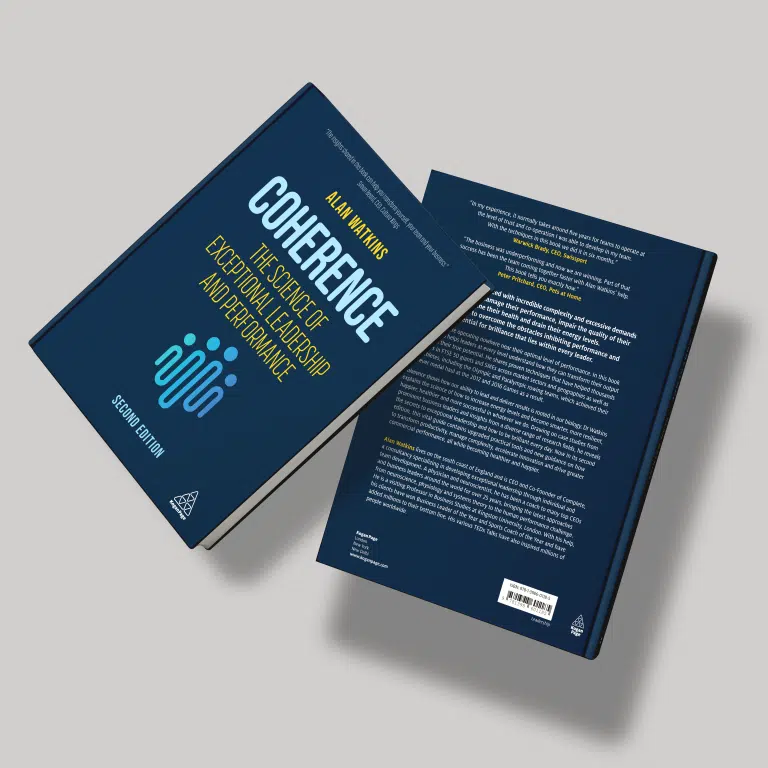We’ve talked a lot recently about the importance of empathy (see the era of the empathetic boss) and appreciating diversity. Much of what we’ve discussed has centred on understanding and creating a mutual understanding. It’s something that’s at the heart of the UN’s International Day of Fraternity too (4 February 2023).
Reaching a mutual understanding is easier said than done. In this blog, we explore three key steps to achieving it in the workplace.
The opposite of mutual understanding is conflict. Many times, that’s when we get called in. For example, an executive team might be struggling to come together on the future direction of the organisation. A group of executives with their own interests and priorities, and without true team cohesion, will almost always falter when it comes to establishing a mutual understanding and common goals. So, what can be done?
Gain multiple perspectives – recognise your own and others’ strengths and weaknesses
You may think that your way is the right way, but most likely so does everyone else on your team. You need a reality check. An assessment like the Complete Values Profile gives you an appreciation for what drives you and what’s causing others to behave in the way they do too. There are strengths and weaknesses at every value level, and you’ll be better able to appreciate and understand other perspectives if you know more about them.
Identify areas of commonality – there is more that unites us than divides us
It can be easy to focus on the disputes and points of difference but try to park those initially and establish common ground. A facilitated workshop can help with this and ensure that the team stays focused on the positive. Acknowledging when you do find that mutual understanding will help build the confidence for you to tackle the more tricky areas of disagreement.
Build positive energy – it’s better for you and for the team
Being irritated, frustrated or angry can be draining. When you’re looking to resolve conflict and build mutual understanding, emotions may be heightened. You need energy to work on that mutual understanding and being in the right emotional state can make a huge difference to how much energy you have for the process. Check out our blog on mastering emotional management – and this isn’t just for building mutual understanding, it’s great for all aspects of our lives.
So that’s it, three critical steps to building mutual understanding. Try them, we’d love to know how you get on. And if you need some help from the Complete team, check out our Team Development work and this YBS case study.



























